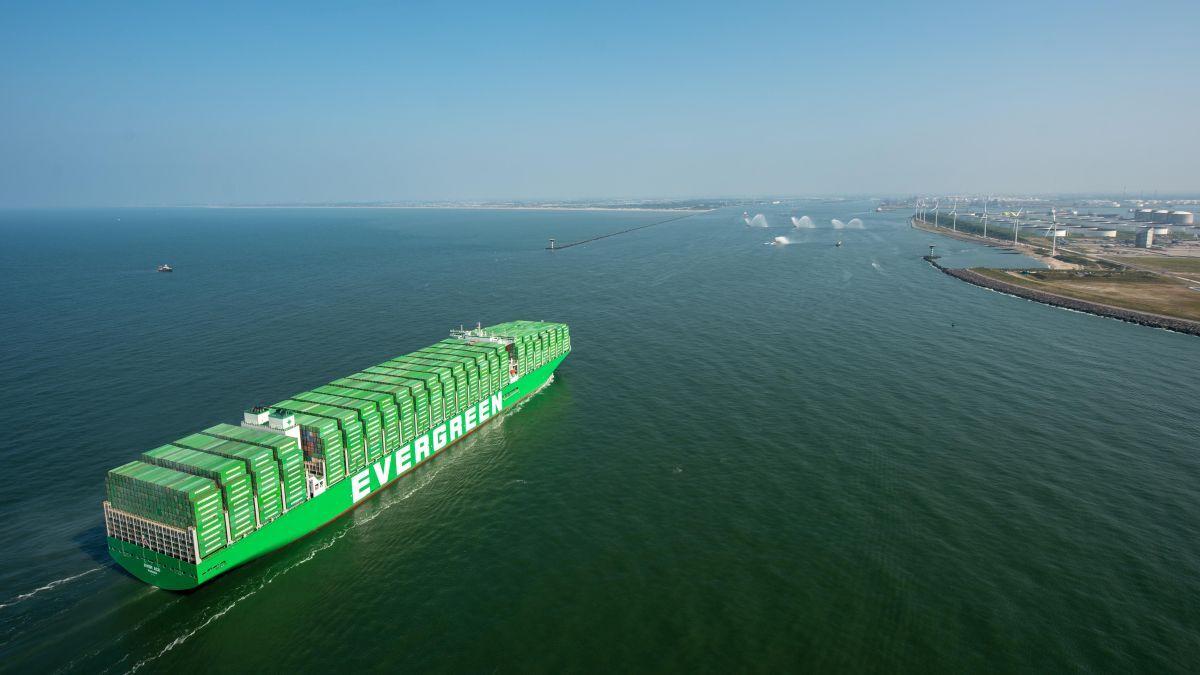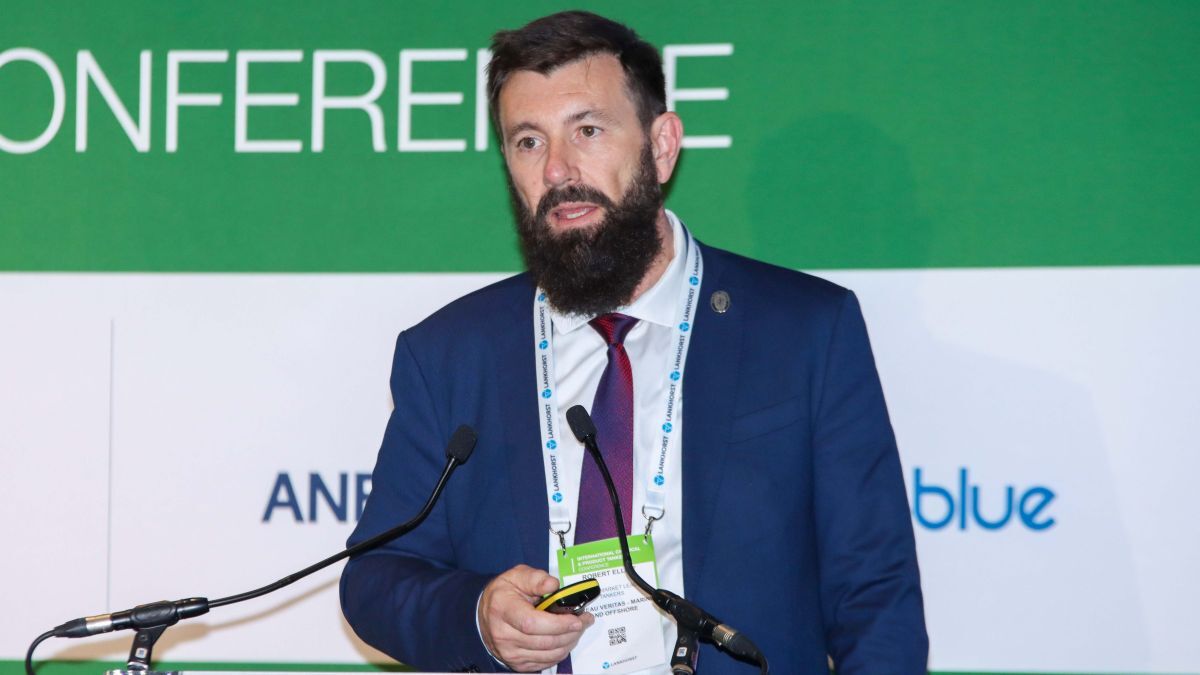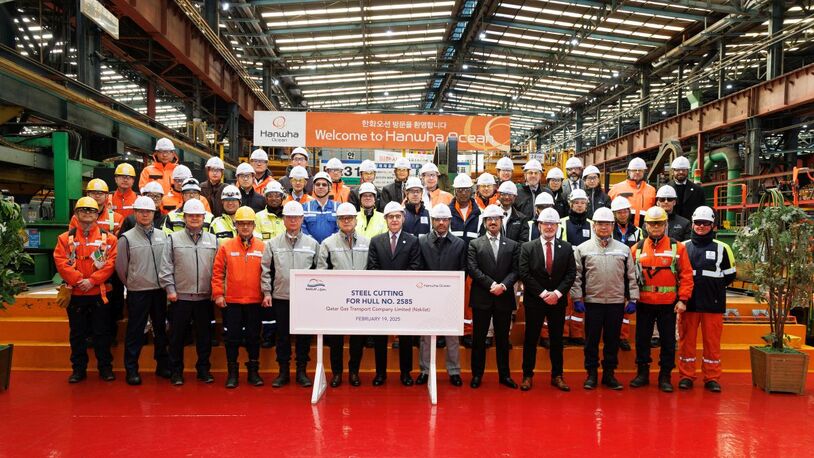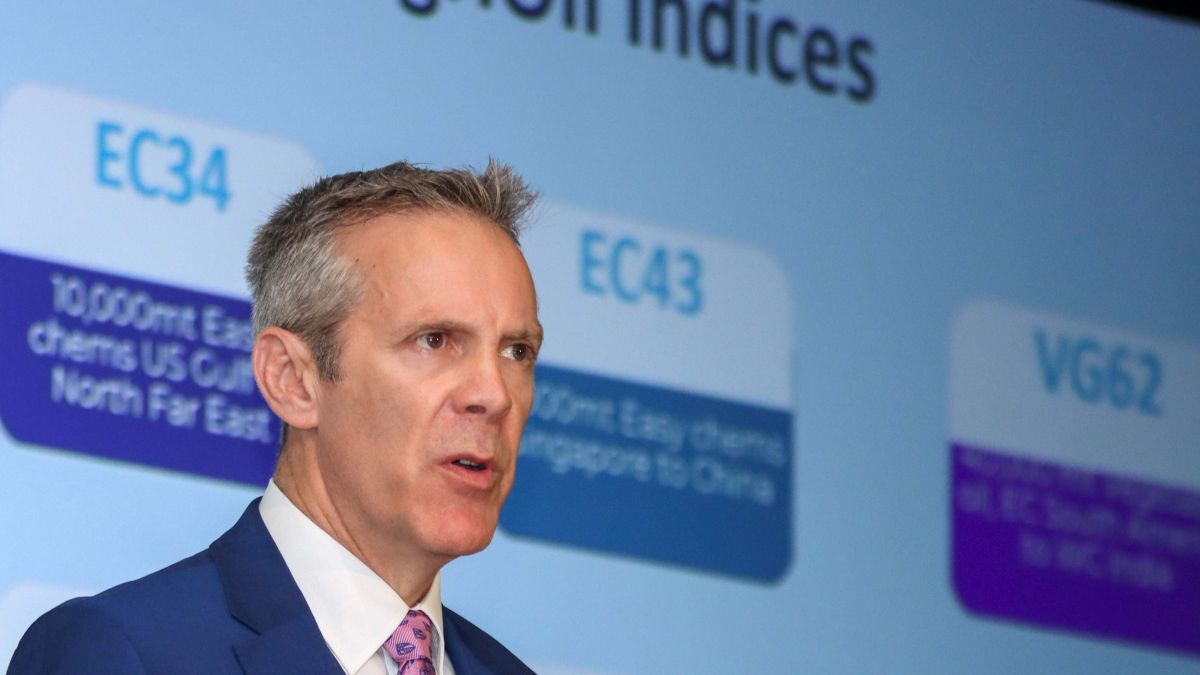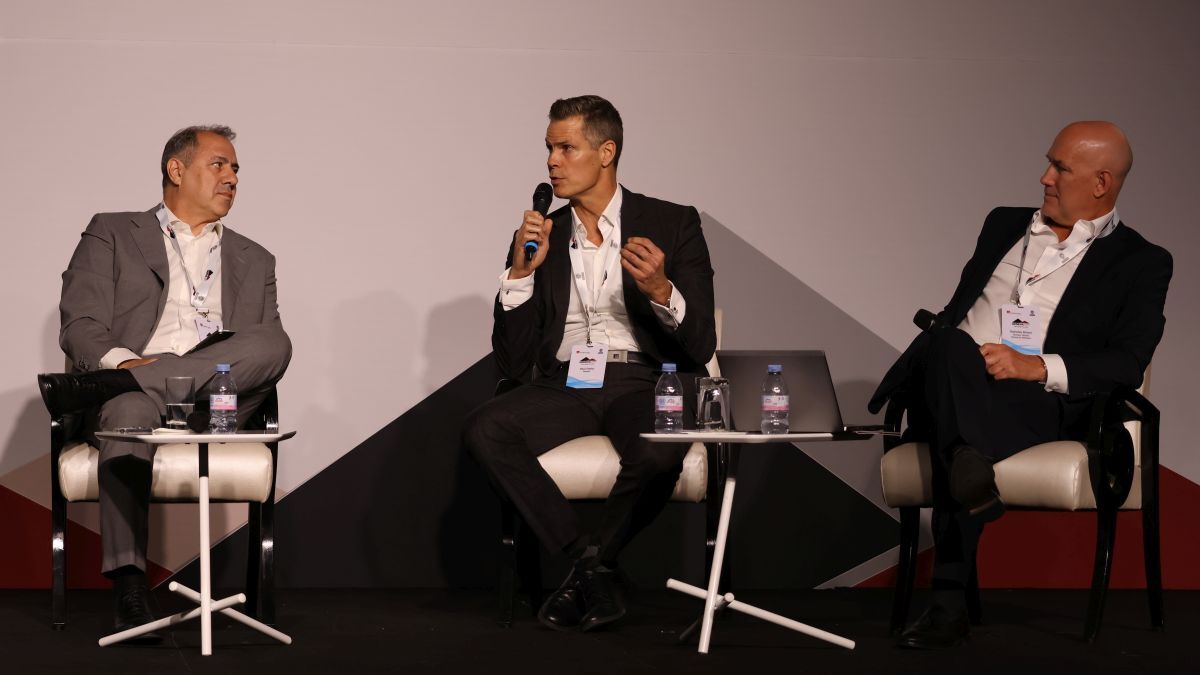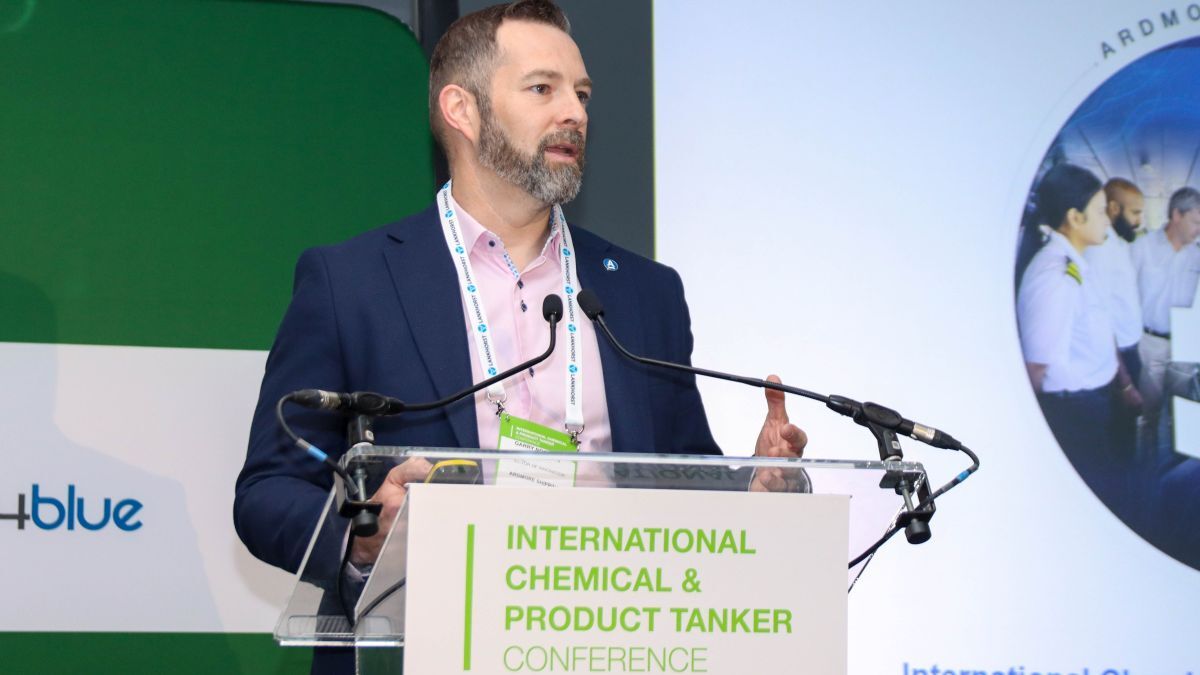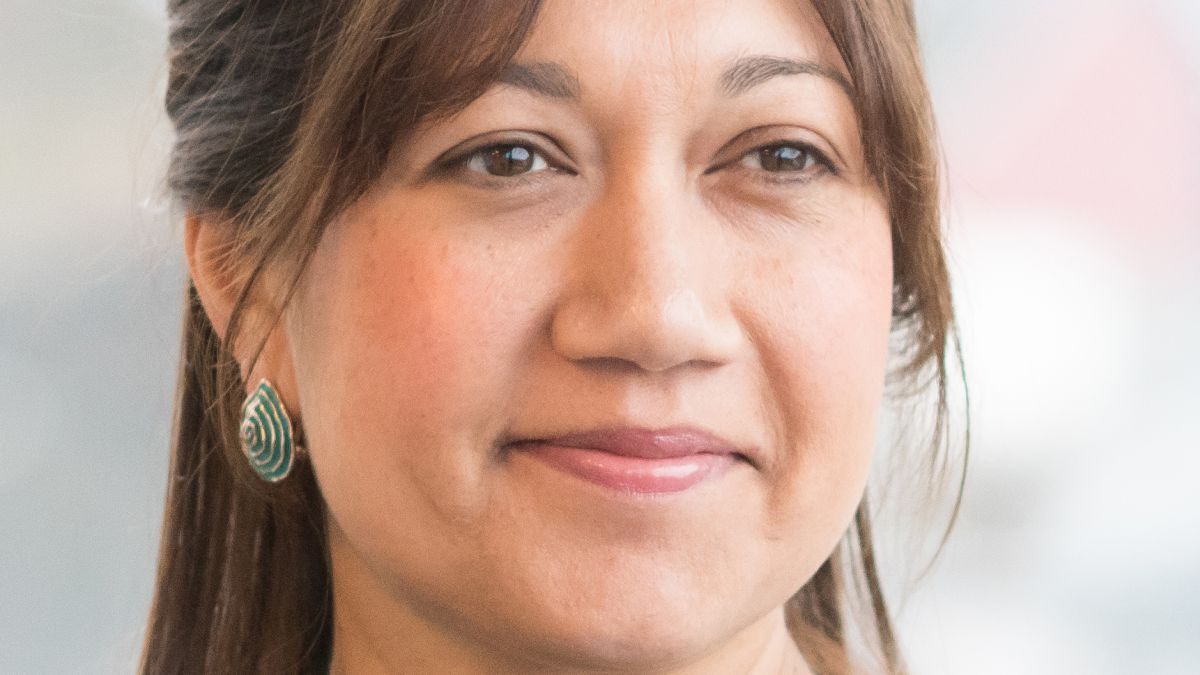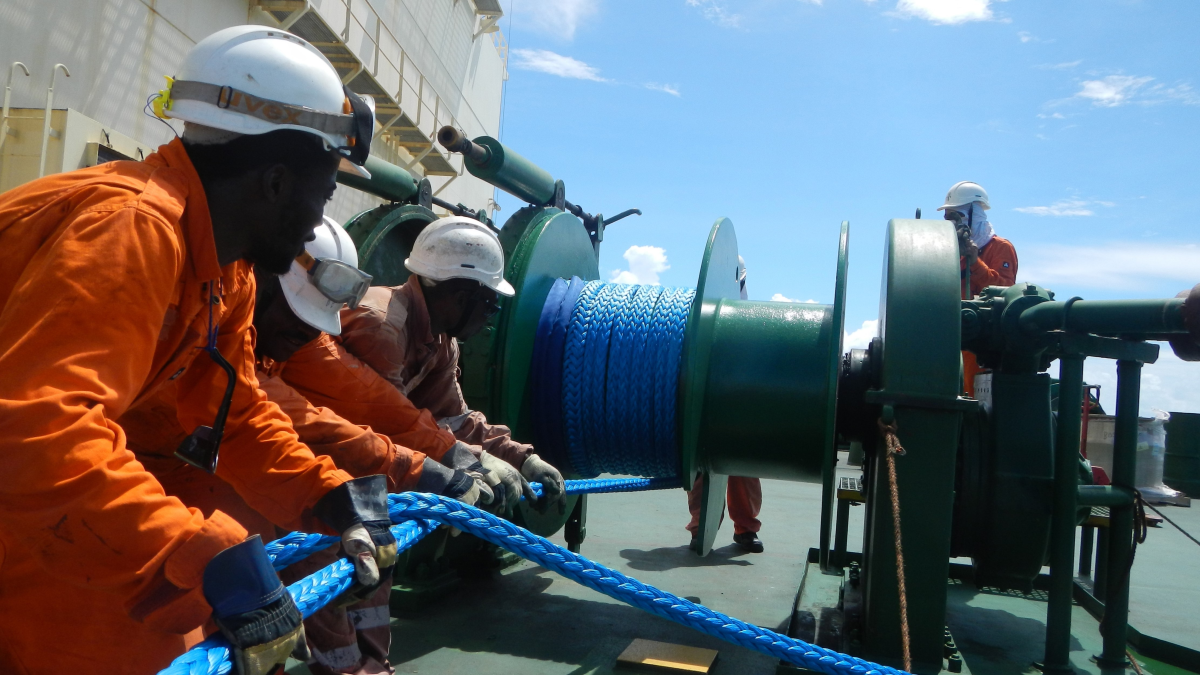Business Sectors
Events
Contents
Register to read more articles.
Scrubbers to be installed on 24% of global fleet by 2023
The 249 scrubber-fitted newbuilds ordered in 2021, coupled with the Russian invasion of Ukraine, has increased the spread between HSFO and VLSFO, making such ships more attractive to charterers
Two years ago, with the implementation of the IMO 2020 0.50% sulphur cap, exhaust gas cleaning systems were the talk of the town, with approximately 120 vessels per month being retrofit with scrubber technology.
Since then, scrubber retrofits have slowed considerably, averaging about one-sixth the level to about 20 per month as of March 2022, according to Clarksons Research.
Still, some 4,460 ships in the global fleet, by Clarksons’ count, have scrubbers, representing just over 23.0% of total gross tonnage.
Clarksons Research says: “Newbuild uptake [for scrubbers] grew slightly in 2021, with 249 newbuild orders for scrubber-fitted units reported across the full year, including 194 container ships”; this represents about 60% of the ships. Thus far this year, 14 scrubber-fitted vessels have been ordered. The current price differential between HSFO and VLSFO is almost US$300 per tonne, close to previous highs (Jan 2020: ~US$330 per tonne). We expect the share of global tonnage with a scrubber to grow marginally to 24.0% by start 2023,” says the UK ship broker.
Installing scrubbers allows shipowners to comply with current regulations, while benefitting from the price differential between high-sulphur fuel oil and very low-sulphur fuel oil.
“Since Russia’s invasion of Ukraine, the spread has again increased and now appears to have settled around US$200/tonne. In percentage terms, the VLSFO premium is still around 30%,” says BIMCO chief analyst Niels Rasmussen.
“The order demonstrates the commercial and technical viability of scrubbers in shipping’s complex decarbonisation landscape”
Mr Rasmussen notes that in absolute terms, the growing price spread translates into thousands of dollars of savings per day for ships sailing with a scrubber installed.
“If this premium continues, charterers’ willingness to pay a premium for ships with a scrubber installed will surely increase accordingly,” he says.
World’s largest boxship fitted with scrubber
Ever Ace, the world’s largest container ship, became one of the latest vessels to enter service fitted with scrubber technology. Built and delivered in 2021 by South Korea’s Samsung Heavy Industries (SHI), and owned by Evergreen Marine Corp, the 400 m Ever Ace is fitted with two Alfa Laval PureSOx scrubbers with a shared water cleaning system (WCS). This consolidated solution provides maximum reliability with a minimal footprint.
Cleaning to match 80 MW of engine power
Ever Ace is the first of 14 vessels planned for Evergreen’s record-breaking A Class, which comprises container vessels of nearly 24,000 TEU capacity. Six of the ultra-large container ships (ULCSs) were ordered at SHI, with the remaining eight split evenly between China’s Jiangnan Shipyard and Hudong-Zhongua. Ever Ace’s propulsion power is supplied by a massive 11-cylinder WinGD 11X92-B main engine — the largest and most powerful two-stroke engine in WinGD’s portfolio. The main engine generates 58,600 kW at 79 rpm. Ever Ace also has five auxiliary engines of 4.5 MW each.
To clean the engines’ exhaust gas, Ever Ace has two PureSOx scrubbers on board – one for the main engine and one for the auxiliaries. As hybrid scrubbers, they can operate as either open- or closed-loop systems. Effective cleaning of the closed-loop circulation water is provided by a shared WCS, based primarily on high-speed centrifugal separation, explains Alfa Laval.
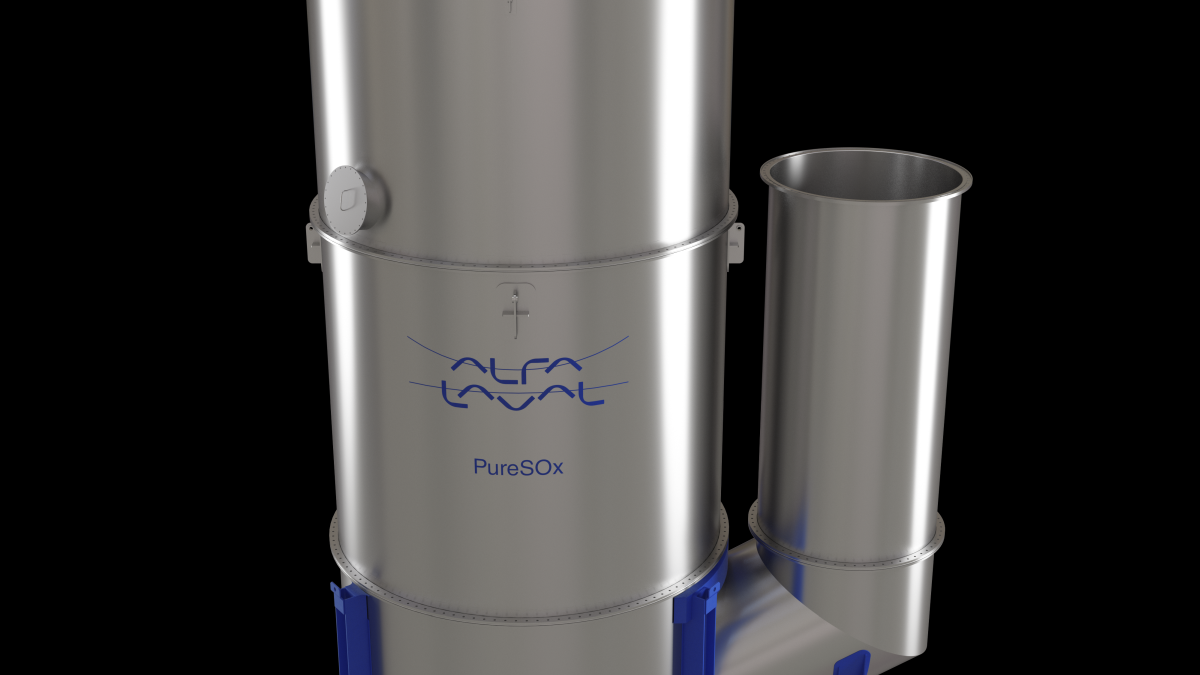
Expanding capacity, not size
Alfa Laval’s WCS design was recently updated, providing additional modular options to ensure a compact and cost-effective fit. On vessels with high engine power, such as ULCSs, the WCS design allows for greater capacity by adding flocculation to the centrifugal separation at its heart.
This is the case on Ever Ace, where the WCS incorporates three high-speed separators, flocculator modules and a feed pump. Though it serves two PureSOx scrubbers with a combined exhaust gas cleaning capacity of almost 200 t/h, the WCS has a minimal footprint in relation to its high efficiency.
Just as Ever Ace is the first in its class, the shared WCS was the first with the new design to be commissioned by the PureSOx team. The limited gas load during a short shipyard sea trial was not enough to test the full WCS cleaning capacity, so Alfa Laval experts followed Ever Ace during a September journey from the UK to Germany and the Netherlands. This provided time for a more thorough WCS evaluation, as well as for crew training and the resolution of open items after leaving the shipyard.
Wärtsilä scrubbers for China-built ropax vessels
Hybrid scrubbers were also chosen for two 281 m ropax ferries being built at China’s Guangzhou Shipyard International (GSI). Under the contract signed in February, Wärtsilä will fit and commission two 25-MW V-SOx hybrid scrubber systems on each ropax vessel.
Capable of operating in both open- and closed-loop configurations, the hybrid scrubbers will help the vessels comply with the existing global sulphur cap. However, Wärtsilä points out the exhaust gas cleaning systems will also help future-proof the vessels against impending regulatory change because the systems’ modular, lifecycle technologies can be upgraded to tackle other pollutants, including nitrogen oxide, particulate matter and carbon dioxide.
“Charterers’ willingness to pay a premium for ships with a scrubber installed will surely increase”
Wärtsilä Exhaust Treatments China area sales manager Wang Bin says the order “demonstrates the commercial and technical viability of scrubbers in shipping’s complex decarbonisation landscape.”
Adds Mr Bin: “Our technology completely fulfils technical requirements for newbuilds, ensures compliance with current regulation, and is also the first building block for future sustainability innovation. We look forward to working with GSI on this collaboration and others in our future together.”
Guanghzhou Shipbuilding purchasing manager Jiang Lei says: “We recognise the long-term potential of scrubbers for solving many crucial challenges in the shipping industry, and we are proud to carry out installations at our development-oriented shipyard.”
Wärtsilä and GSI will complete the delivery and installation of the four scrubber systems by the end of 2023 for both vessels.
Maritime Air Pollution & Fuel Technologies Conference, Europe will be held 18-19 May 2022. Details and tickets can be found here
Related to this Story
Events
Maritime Environmental Protection Webinar Week
The illusion of safety: what we're getting wrong about crews, tech, and fatigue
Responsible Ship Recycling Forum 2025
© 2024 Riviera Maritime Media Ltd.


